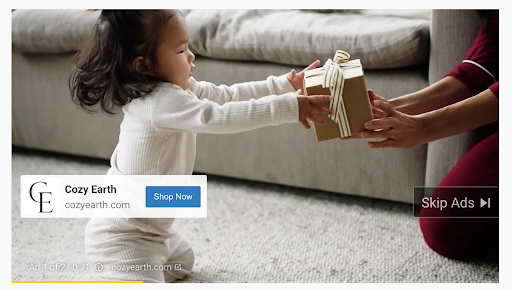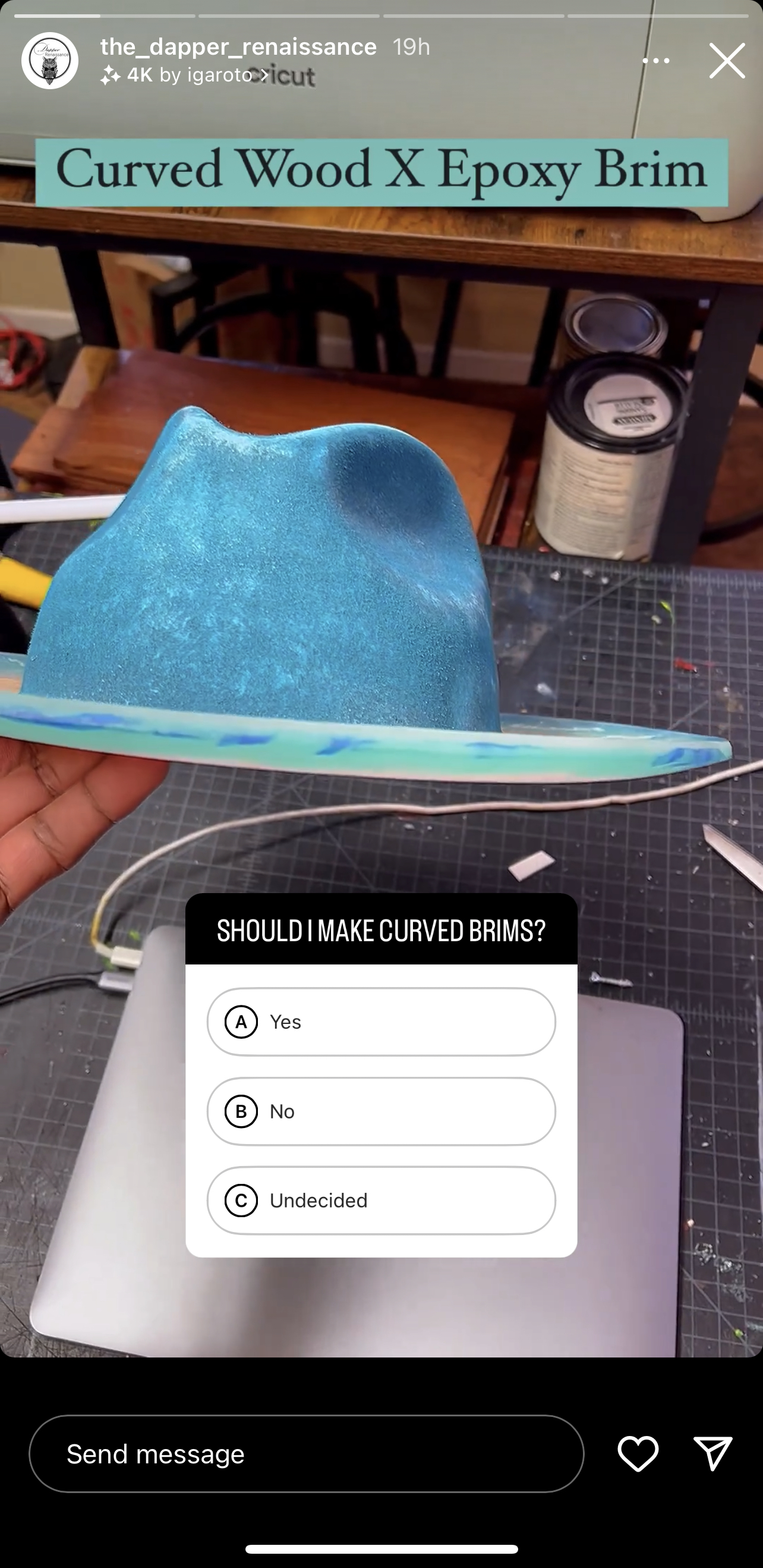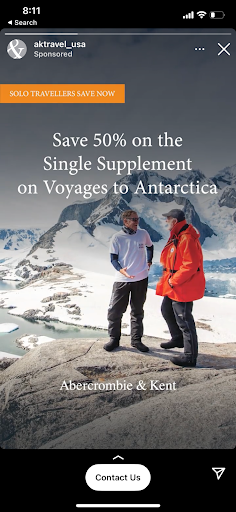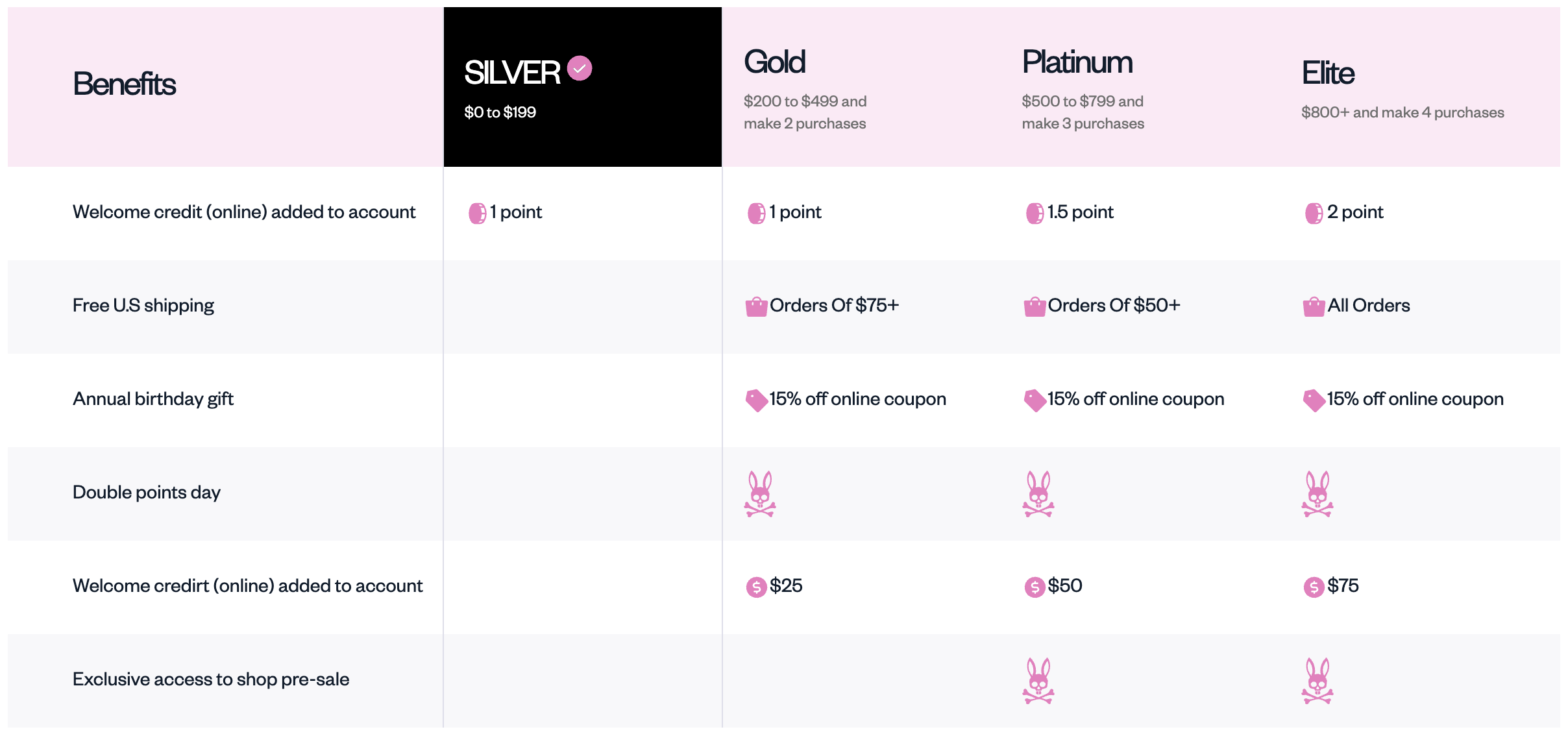Advertising has always been considered a valuable marketing tool for businesses of all shapes and sizes.
While advertising methods and mediums have evolved over the years, the goal is always the same: to reach your audience and make them aware of your product or service.
While most marketers agree that advertising is essential, many have differing views on structuring ad campaigns.
So today, we’re here to discuss lifecycle advertising — delivering the right message, to the right person, at the right time.
What Is Lifecycle Advertising?
Before we move forward, let’s take a quick look at the difference and relationship between a “customer journey” and a “customer lifecycle.”
- The “customer journey” is a series of actions (stages) your customers go through from the moment they start interacting with your business.
- The ”customer lifecycle” is a series of categories (segments) you apply to your customers for multiple purposes, including sales, marketing, and customer service.
Although different, it’s important to know that the segments within the customer lifecycle should correspond with the customer journey stages.
Once you have the full picture, you can begin to advertise accordingly (also known as “lifestyle advertising”).
Ultimately, the goal is to create thoughtful, intentional interactions that lead potential customers further along their journey to not only purchase a product or service from you but turn them into lifetime loyal customers.
The best way to accomplish this goal is to identify your customer’s needs at each stage, then deliver messaging that responds to their needs at the right time.
The Customer Journey Stages
While every business has its own unique lifecycle – some can be days long, others can be years – they all are characterized by the same stages:
- Awareness: When a potential customer first learns about your company.
- Engagement: When a potential customer begins interacting with your brand.
- Consideration: When a potential customer decides whether to buy from your business.
- Purchase: Well done! Anyone who makes it to this stage is now a customer.
- Retention: Now a customer, the post-purchase support can be the difference between a one-time purchase and a repeat buyer.
- Loyalty: If a customer is happy with your product, they reach this stage where they are likely to become a repeat buyer. They’re also likely to tell their friends and family about your product or service.
Lifecycle Advertising Strategy
Here is how to create an ad strategy based on the lifecycle stages mentioned above:
Awareness Ad Campaign
At this point, you want as many potential customers to learn about your business as possible.
This stage is about getting your ads in front of anyone looking at them.
While it’s essential to consider where your potential customers are hanging out and putting your ads there, it’s also important to avoid putting all your eggs in one basket.
In other words, while you’ll likely find that your potential customers are viewing ads in one specific place more than another, never ignore those second, third, and fourth places (Instagram vs. Facebook vs. print ads, for example) where your ads could be seen!
These advertisements should help potential customers get to know your brand. Include your logo, brand colors, and appearance, but also communicate your values and what sets you apart from the competition.
Here is what a call-to-action (CTA) in this stage might look like:
- Learn more.
- Read more.
- Visit our website.
When a consumer sees your awareness ad, they are now aware of your company.
However, the “rule of seven” states that a consumer needs to see an ad at least seven times before they take action, which is why we continue to advertise past the awareness stage.
YouTube is a great platform for awareness because it’s quick, it allows you to have a button if someone wants to learn more, and you have to watch at least five seconds of the video ad – see the ad below from Cozy Earth:

To learn more about YouTube advertising in general, visit here.
Engagement Ad Campaign
Beyond making your customers aware of your product, the next stage of the journey is encouraging them to interact with your brand.
While these ads should also represent your brand well, the main goal of the ads in this phase is to get the customer to engage.
Engagement can mean:
- Visiting your website.
- Signing up for your newsletter or email list.
- Reaching out to a sales representative.
- Following your social media.
- Reading a blog post.
However, you want your potential customers to engage, decide on that goal, and create a CTA that reflects your goal.
Below are some calls to action for this stage:
- Sign up.
- Read more.
- Download.
Instagram is a great platform for the engagement stage because you can actually ask readers questions – the ultimate engagement.
This gets someone excited about what you have to offer while hopefully keeping your brand top of mind.
Below is a great example from Dapper Renaissance:
 Screenshot from Instagram, December 2022
Screenshot from Instagram, December 2022Consideration Ad Campaign
When a potential customer hits this stage, they’ve already engaged with your company.
A great way to target customers who have reached this stage is by investing in retargeting advertisements. By segmenting your audience, your ad will only be shown to people who have visited your website or interacted with you in some way.
At this stage, your customer has already shown initial intrigue and engaged with your brand. The goal of the ads at this stage is to help them decide whether or not to buy from you.
Some ways to help your consumers at this stage:
- Be clear about your pricing.
- Clearly explain your features and benefits.
- Share customer testimonials.
- Offer a demo.
- Answer any questions your consumers might have about your product.
Think about what your potential customers need to see at this stage that would help them choose your brand over your competitors.
In this stage, it’s also extremely important to make converting as easy as possible so that when they do decide to buy from you, it’s not a challenge. The end goal of this stage is a conversion.
A CTA at this stage could be:
- Sign up.
- Download.
- Shop now.
Retargeting ads can be shown on any platform, but usually, desktop ads have your consumer in a position to dive deeper and buy.
Running banner ads on popular publications in your industry, such as the example below, is a great option for this stage:
 Screenshot from buzzfeed.com, December 2022
Screenshot from buzzfeed.com, December 2022Purchase
This stage is the primary milestone for most businesses because it turns a prospect into a customer.
It’s important to tag these individuals as customers since they will receive different messages.
This stage isn’t about ads so much (because the last three stages should get you to your “shop now” button), but it’s about actually having an optimized check-out page.
You can learn more about optimizing your checkout page here.
Retention Ad Campaign
Once a customer decides to buy from you, they don’t end their journey.
Retaining your clients is important because repeat buyers can bring in a lot of revenue.
When you’re creating ads for this stage, some great strategies include:
- Offer exclusive discounts or other perks with future purchases.
- Announce exclusive access to a new product.
- Advertise offerings that complement their previous purchases.
- Share a new product.
To successfully engage consumers at this stage, ask yourself, “How can I support existing customers?”
Below is what a CTA could look like at this stage:
- Purchase now (with a discount).
- Download.
- Shop member-exclusive products.
As an avid traveler myself, Abercrombie & Kent is a product I have purchased in the past. They know I’m a solo traveler, so they often retarget me with deals specifically for solo travelers, such as in the example below.
With such a big ticket item, the “exclusive” deal is crucial to retaining me as a future traveler.
 Screenshot from Facebook, December 2022
Screenshot from Facebook, December 2022Loyalty Ad Campaign
The final stage of the lifecycle is about creating loyalty.
This stage creates repeat buyers but also people willing to advocate on behalf of your brand, recommending your products to their families and friends.
At this stage, similarly to the retention stage, we recommend focusing on exclusivity. For example, you can create exclusivity by offering a membership.
This is the route Psycho Bunny has taken—they offer a VIP membership, which creates loyalty. In turn, their VIP members get access to exclusive deals.
 Screenshot from psychobunny.com, December 2022
Screenshot from psychobunny.com, December 2022Another route you can take at this stage is offering incentives to share testimonials.
This shows your loyal customers that you value their feedback. The testimonials will help you land more future customers while also giving your loyal consumer a nice perk. It’s a win-win.
Here are some other options:
- Create referral programs.
- Invite consumers to webinars.
- Offer other exclusive perks for repeat buyers.
The end goal of this stage is to keep customers interacting with your brand and show them that their opinions matter. They’re not just another number – they’re a customer that you greatly value.
At this stage, a CTA could look like this:
- Shop now.
- Leave a testimonial.
Creating Lifecycle Advertisements
To create an effective ad strategy, ensure you’re communicating with your consumers at each point throughout the lifecycle.
Your ad should be direct at each point, with one goal in mind.
Finally, ensure it’s effortless for consumers to take the action you want them to take.
You got this!
More resources:
- 10 Top Advertising Campaigns & Why They Work
- 4 Ways You Can Create a More Memorable & Appealing Brand
- Paid Social Media: A Guide To Social Advertising Success
Featured Image: wee dezign/Shutterstock





